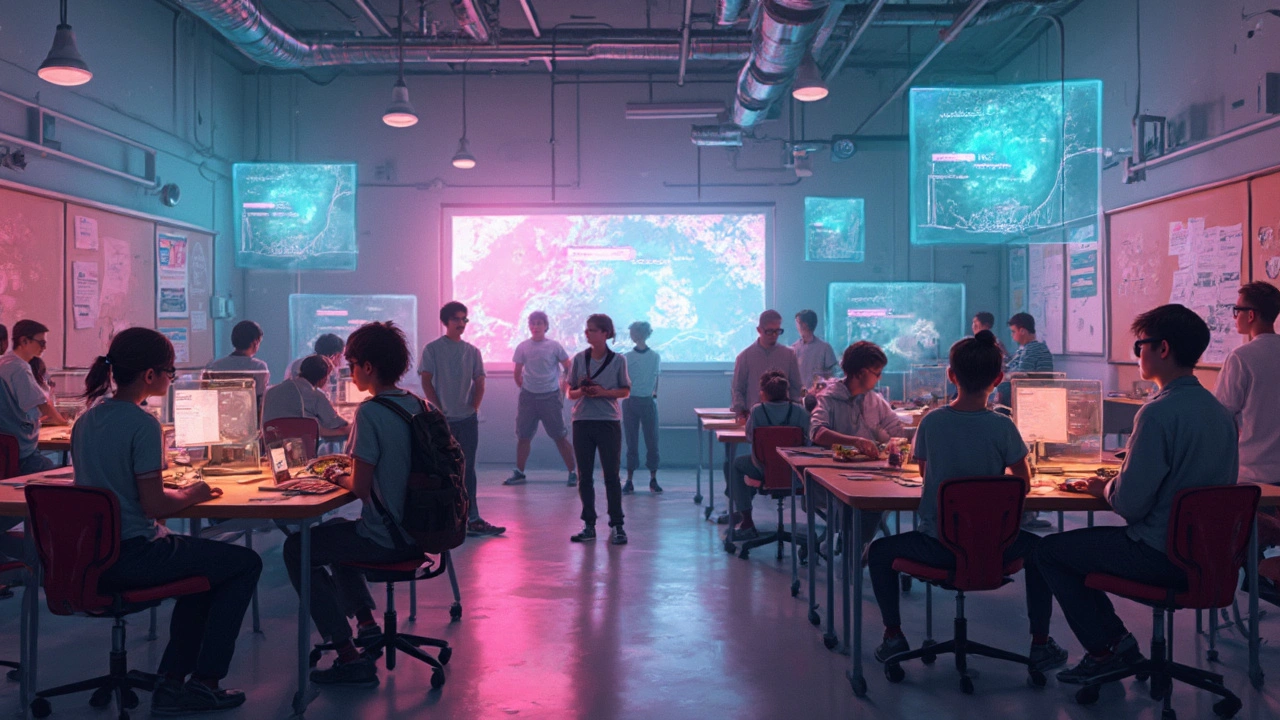Teaching Methods That Really Make a Difference in High School
Ever sat in a class, zoned out, and wondered why you aren’t absorbing anything? Turns out, it’s not always you—it could be the teaching method. What gets students excited about learning isn’t magic. Teachers who shake things up with practical methods often see real results, and so do students.
One-size-fits-all lessons? They don’t work anymore. Classrooms that buzz with activity usually mix up how lessons are delivered. Think hands-on projects, group discussions, or quick quizzes on phones. This isn’t just about ditching the chalkboard for fancy tech. It’s about making sure everyone stays plugged in and has a shot at learning in their own way.
For example, flipped classrooms let students watch lessons on their own time, then get help in person. If Johnny gets fractions but Kate doesn’t, she can rewind videos at home without feeling left behind. In class, the teacher guides real problem-solving instead of repeating the basics over and over.
Don’t underestimate the power of group work, either. Students often remember stuff better when they argue their point with a friend or try to explain something to their team. It’s more about connecting the dots out loud than just memorizing facts for a test. Teachers tell us this is a game-changer for students who don’t speak up in big groups—they get their shot in smaller teams.
Tech has changed the game, too. Think polls through phones, online quizzes that give instant feedback, or sharing projects with classmates online. Teachers can spot who’s struggling in real time, not three weeks later when grades are posted. That means no one slips through the cracks.
But classic strategies still work, and some are timeless for a reason. Think real-life examples: Why solve boring math equations when you can figure out how much pizza to order for a party? Taking learning out of the textbook can boost engagement when students see how stuff actually connects to their lives.
Some teachers try discovery learning, where students dig up the answers themselves. Instead of giving them a list of facts about climate change, for instance, they might ask students to debate local environmental issues and research their side. Suddenly, learning isn’t just about repeating facts—it’s about arguing, questioning, and discovering what actually matters.
Managing a whole classroom isn’t always smooth sailing when you try new methods, of course. Some students love freedom, others want structure. The trick is to blend techniques: mix in direct teaching for the basics, add discussions or hands-on work where you can, and use tools like quizzes to track progress. What matters is finding what sticks for your specific group. That’s how real learning happens.

Explore how creativity is transforming high school education with innovative learning approaches that engage students and make learning exciting. Discover interesting facts and practical tips that teachers can use to enhance engagement and foster a creative environment. This article sheds light on ways high schools can adapt to modern educational needs, equipping students with the skills they need for the future.
- Read More